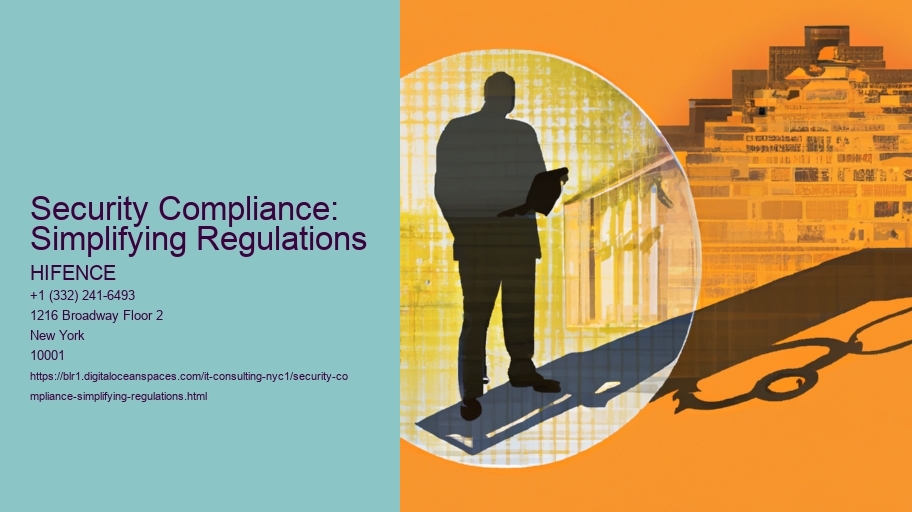
Security compliance, ugh, it sounds like a bureaucratic nightmare, doesnt it? Security Auditing: Your Guide to Compliance . But it doesnt have to be. Were talking about simplifying regulations – making sure businesses (and even individuals) arent drowning in a sea of legal jargon and overly complex requirements. Imagine a world where understanding what you need to do to protect data and how to do it isnt like deciphering ancient hieroglyphics. Thats the goal here.
Think about it: security regulations, while intended to safeguard sensitive information, often become so convoluted that they actually hinder effective security. Companies, especially smaller ones, can get so bogged down in paperwork and trying to interpret the rules that they neglect the actual, practical steps necessary to prevent breaches.

Simplifying regulations isn't about weakening them, mind you. Its not about letting companies off the hook. Its about clarity and accessibility.

Furthermore, simplification involves streamlining the compliance process itself. Think consolidated frameworks, standardized reporting formats, and tools that automate some of the more tedious tasks. Wouldnt that be amazing? Imagine a world where audits are less painful and more productive, focusing on identifying genuine vulnerabilities rather than nitpicking minor discrepancies.
Ultimately, simplifying security regulations isn't just about making life easier for businesses (though thats definitely a plus). Its about improving overall security posture. When compliance is clear, concise, and manageable, organizations are more likely to actually do it, leading to a more secure and resilient digital landscape for everyone. And that, my friends, is something worth striving for!